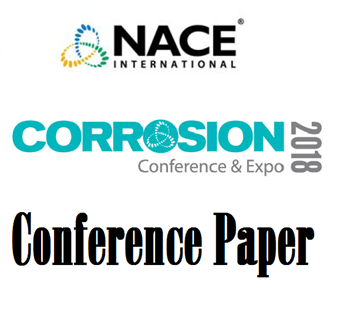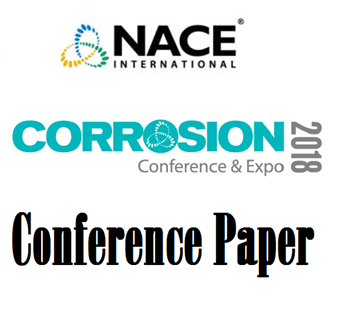Search
51318-10848-The Concept of Research Modelling and Lab Studies to Improve the Effectiveness of CMS
Also Purchased
51318-10841-BARE FIELD JOINT FOR SUSBEA PIPELINES A POSSIBLE ALTERNATIVE ?
Product Number:
51318-10841-SG
Publication Date:
2018
$20.00
51318-10842-Good Fabrication Stage Practices to Mitigate Risks Associated with Wet H2S Caustic Amine Carbonate Corrosion and Cracking
Product Number:
51318-10842-SG
Publication Date:
2018
$20.00
51318-10836-Stability of buffer solutions for SSC test in stainless steel OCTG material from experimental approach
Product Number:
51318-10836-SG
Publication Date:
2018
$20.00




